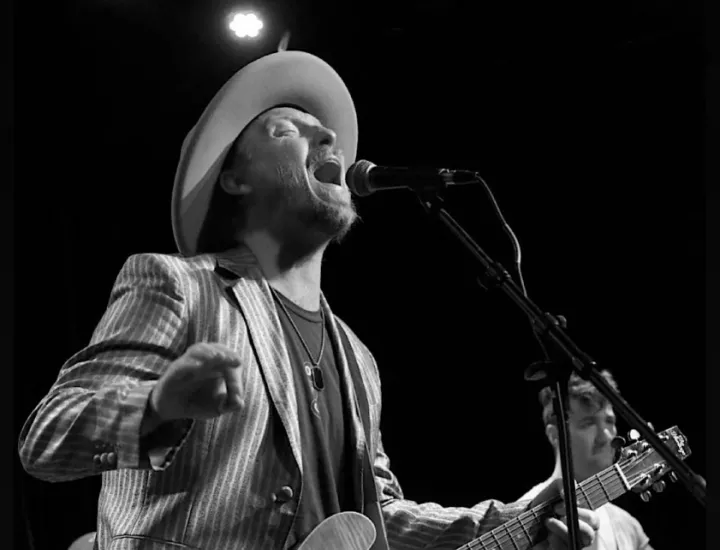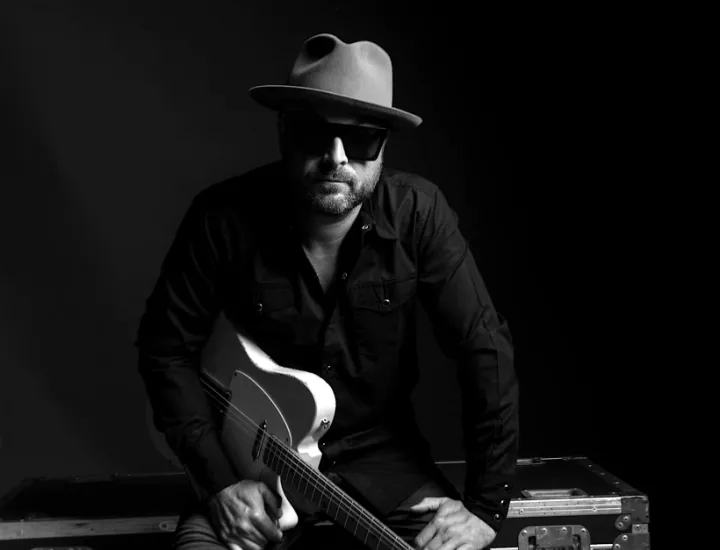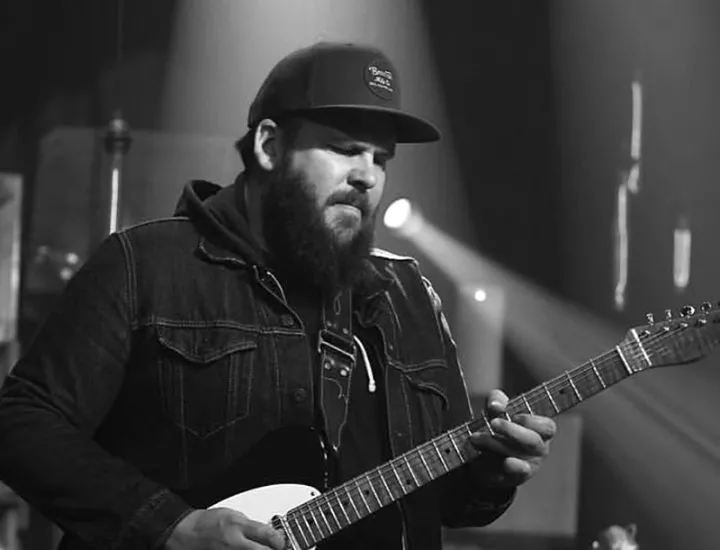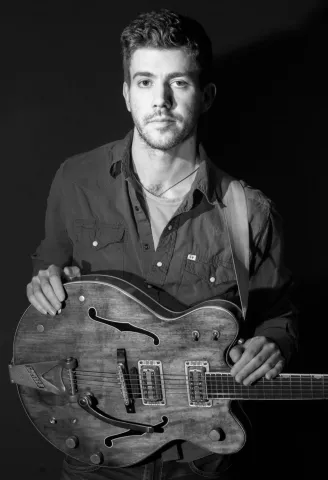In this masterclass, Lyle Brewer dives into the intricacies of arpeggiating chords on the guitar. He begins by revisiting the concepts of major and minor triads, expanding on them to introduce the three types of seventh chords. Lyle explains the technique of arpeggiation in detail, demonstrating how to play the notes within a chord in their sequential order. He emphasizes the importance of understanding the root, third, fifth, and seventh of each chord, offering clear examples to illustrate these concepts. Lyle's goal is to provide a straightforward method for guitarists to navigate arpeggios across the fretboard, ensuring viewers can find utility in both familiar and new information.
Throughout the session, Lyle showcases various chord voicings and their corresponding arpeggios, focusing on G major seven, G dominant seven, and G minor seven chords. He meticulously breaks down each arpeggio, indicating the fingering and note sequence, allowing viewers to follow along with ease. By playing these arpeggios over backing tracks, Lyle demonstrates their musical application, blending theory with practice. He encourages experimenting with sliding into notes for emphasis and mixing scales with arpeggios to create a more soulful sound. Lyle's relaxed demeanor and clear explanations make complex concepts accessible to guitarists of all levels.
Lyle also touches on the application of these concepts in a band setting, specifically within the context of jam band music. He discusses the importance of chord changes in song composition and improvisation, using "Eyes of the World" by the Grateful Dead as a case study. By arpeggiating the chords within the song, Lyle illustrates how understanding the structure of each chord can inform more expressive and cohesive soloing. He concludes the masterclass by emphasizing the value of continuous practice, listening to great music, and studying the techniques of favorite players to naturally incorporate these elements into one's playing style. The session ends with Lyle expressing gratitude to his audience and encouraging them to keep practicing and exploring music.







